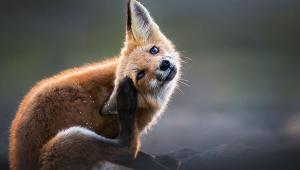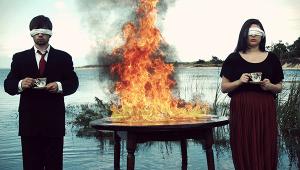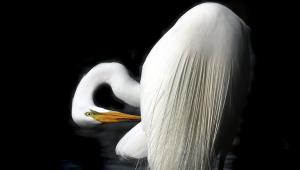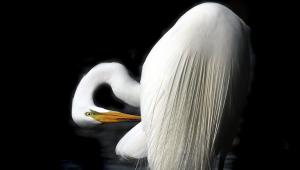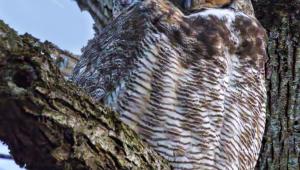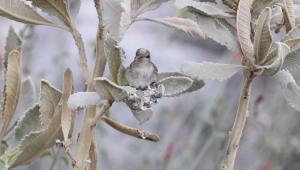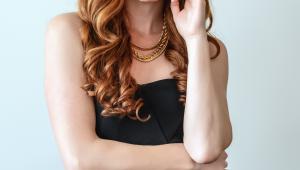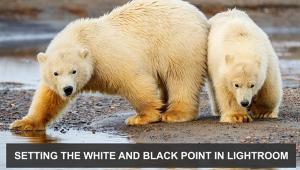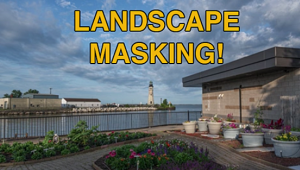Freezing the Action: How Lois Greenfield’s Simple Lighting Helps Capture Gorgeous Dance Photos
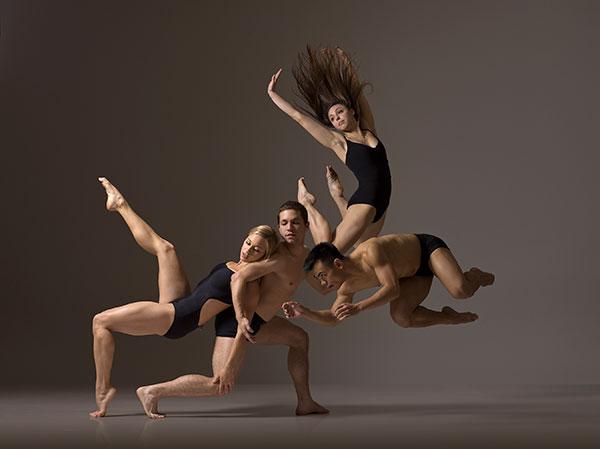
Successfully capturing dancers with grace, style, and a certain sensibility for how they move takes a discerning and artistic eye. Equally, it takes an appreciation and understanding of how dancers do what they do to be able to capture just the right moment. And all that defines the photography and lighting techniques of Lois Greenfield.
Greenfield didn’t start out as a dance photographer or even a dancer. She had studied anthropology and was fully expecting to become an ethnographic filmmaker. But fate took an odd twist. She found herself working for a newspaper during college and was assigned to shoot dance concerts. And she realized she liked it.
That eventually led to a full-blown career shooting dance movement—all founded on split-second timing, short flash durations, and keeping the lighting simple so that it doesn’t get in the way of the moment.
It’s Not About the Dance
In her latest book, Lois Greenfield: Moving Still (Chronicle Books), William Ewing wrote: “Her real interest is not the dance, but the expressive potential of the human body in motion.” I asked Greenfield to expand on that comment.
“I’m not interested in choreography, which is a codified vocabulary of movement,” Greenfield explained. “I’m interested more in improvisation, spontaneous moments created uniquely for the camera. I like to utilize the camera’s ability to fragment time and capture a two-thousandth of a second that the human eye can’t see.”
That 1/2000th of a second is essentially a function of the Broncolor lighting gear Greenfield uses. More to the point, to deliver the needed light, she employs bi-tube heads. These heads deliver twice the output of a conventional single-tube flash head, and that means she can shoot at such short flash durations without sacrificing her exposures.
Keeping the Lighting Simple
Greenfield’s core philosophy when lighting her sets is to keep it simple. “I have to keep my lighting simple because it has to cover a broad area of movement,” she said. “My backdrop is about 20-feet wide and 30 feet in depth (to camera position). And since I like sculptural lighting I usually put my key light on camera left. What I mean by ‘sculptural quality’ is this: it’s a three-quarter lighting angle but it also spreads out over the entire area. I can’t get involved in very complex lighting since I’m shooting dancers moving.”
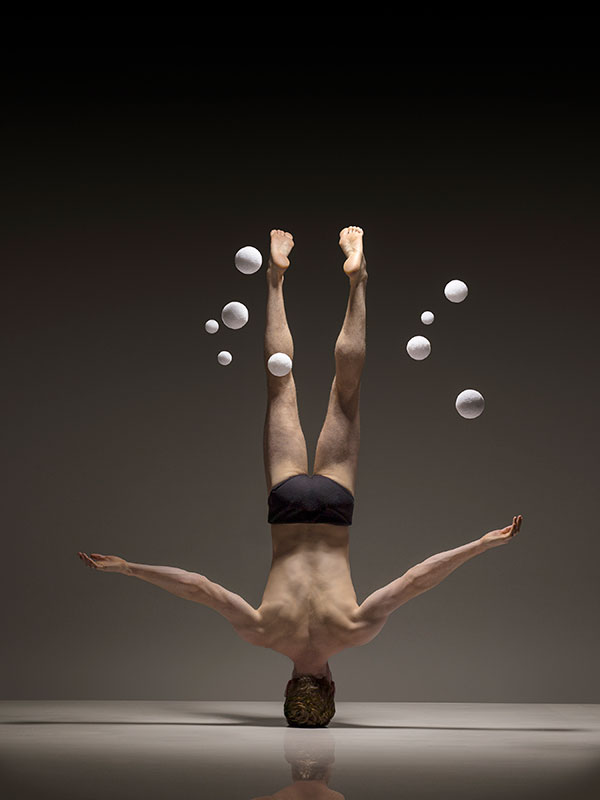
Keeping the lighting simple does not always mean working with one light. Yes, there may be one light on the dancers, and yes, even several dancers may be lit with one head. But there is also the backdrop to contend with and, in Greenfield’s sets, the backdrop always plays a key role.
That backdrop may be lit fully in a wash of light from right and left, or the light may be gradated, falling off in one direction or another. Or it may remain black. But it’s always a pivotal component, giving the dancer a springboard of sorts. But we should also point out that this background light, where it does exist, is never allowed to spill over onto the dancers. When it comes to lighting, dancer and background are each in their own domain.

Greenfield’s Lighting Today
In Greenfield’s latest series, “One to One,” she employs one overhead gridded beauty dish, which casts a very narrow circle of light. “You have to make sure the dancer is visible,” Greenfield explained. “Any movement backward or forward affects the light falling on the dancer.”
But there is a positive aspect to that movement.
“With all that movement, elements on set may slowly fade out, which makes the shot more intriguing, adding dimension. And I really love that effect.” Still, a complicated set of factors comes into play in determining precisely how this light is positioned. Greenfield may find herself adjusting the light to a certain angle to anticipate the dancer’s movements after some trial and error.

For the longest time, Greenfield worked solely with power pack systems. But lately she’s also found herself working with monolights, specifically Broncolor’s Siros: “I’ve used the Siros monolight and found it to be very well suited to my work, in terms of flash duration, recycling, and light output.” This monolight is both battery-operated and AC-driven.
Part and parcel of Greenfield’s photography is her manual Hasselblad V-system camera (with digital back).

“This camera has the most responsive shutter out there,” she noted. “And that’s vitally important to capturing these moments. The camera gives me control over timing; the lighting system gives me control over freezing movement. Another thing, I prefocus—and that’s something I’ve always done. There’s a spot on the floor, and I tell the dancers where to be.”
It’s essentially like a performer hitting his or her mark on stage so that the light catches them just right. For those interested, her exposure settings hover around f/5.6 to f/8, at 1/250 second (sync speed).
Future Projects
Asked what the future holds in store in terms of her lighting technique, Greenfield responded: “Since I work improvisationally, I never know what I’ll do next. My newest lighting style involves the overhead gridded beauty dish. And that was a radical change as opposed to the broad side lighting that I used in the past. So when you say, how do I see my light changing, something is going to happen where I’m going to try something different and then, if I like it, I’ll end up going with that for a few years.”
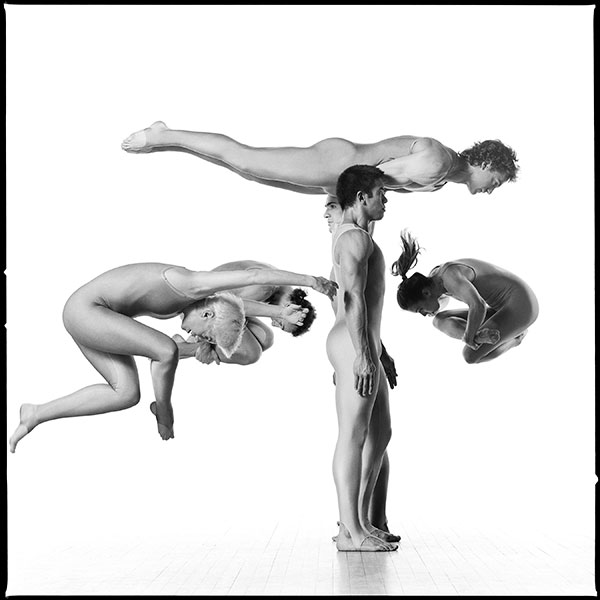
Lois Greenfield has captivated the world with her moving images—none of which are photo-composited, I might add. Often we see pictures of dancers that are angular and jagged, shot against backgrounds that have no relevance to them. In Greenfield’s images we see the dancers as if they are emerging from that backdrop; we see graceful curves, flowing lines, soft colors that give us comfort. We are bathed in an afterglow that is moving yet still.
Lois Greenfield operates out of New York City. To see more of her work and learn about her workshops and books, visit loisgreenfield.com; on Instagram: @loisgreenfield.
Jack Neubart (jackneubart.com) has authored numerous books and articles on photography over the years.
What’s in Greenfield’s Gear Bag
• Hasselblad V-series 500CM
• Leaf Aptus-II 7 digital back
• Hasselblad CFV-50 digital back
• Zeiss Planar 100mm and 120mm lenses
• Broncolor beauty dish with grid
• Broncolor Pulso heads and bi-tube
• Broncolor Grafit A2 and Scoro packs
• Various props
Greenfield’s Favorite Gear
“The Broncolor Satellite Soft on a Broncolor Pulso bi-tube flash head for the quality and intensity of light this combination delivers.”
- Log in or register to post comments











